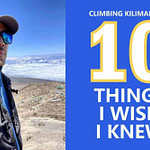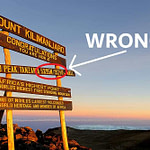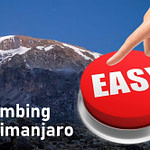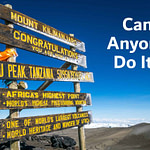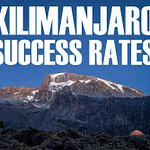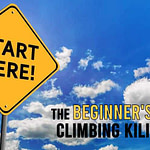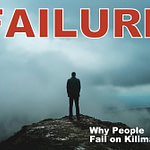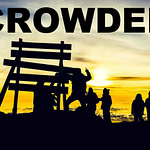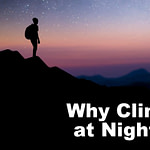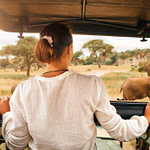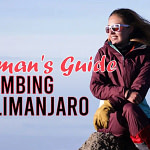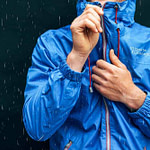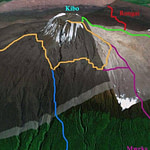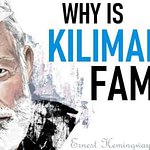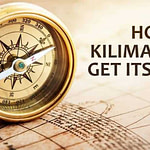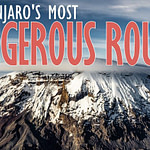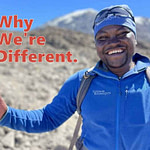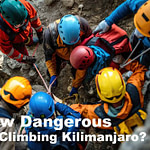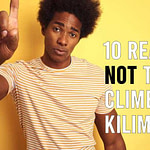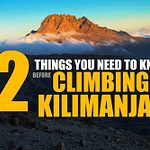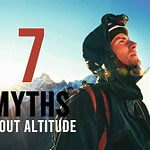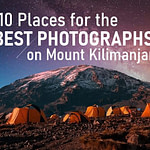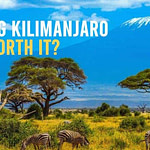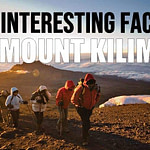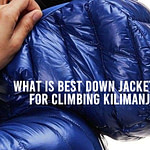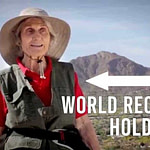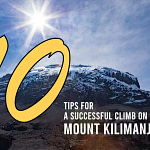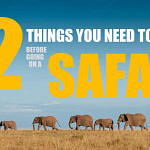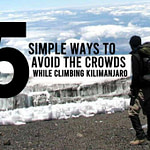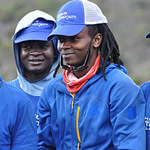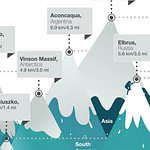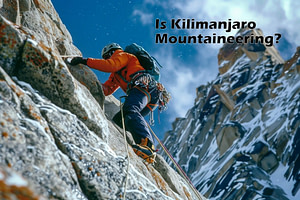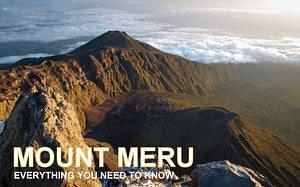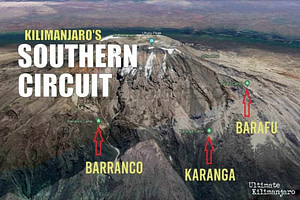There are seven established routes to climb Mount Kilimanjaro.
Selecting a route is a tough choice for most. To find the best Kilimanjaro route for you, considerations should be taken for the route’s difficulty, scenery, and popularity. In this article, we will discuss the pros and cons of each route and give advice on which trail to use on your trip.
- Our Favorite Routes
- Marangu Route
- Machame Route
- Lemosho Route
- Shira Route
- Northern Circuit Route
- Rongai Route
- Umbwe Route
- Daytime Summit Routes
- Crater Camp Routes
- Mount Meru
Our Favorite Kilimanjaro Routes
This map shows the main Kilimanjaro routes.
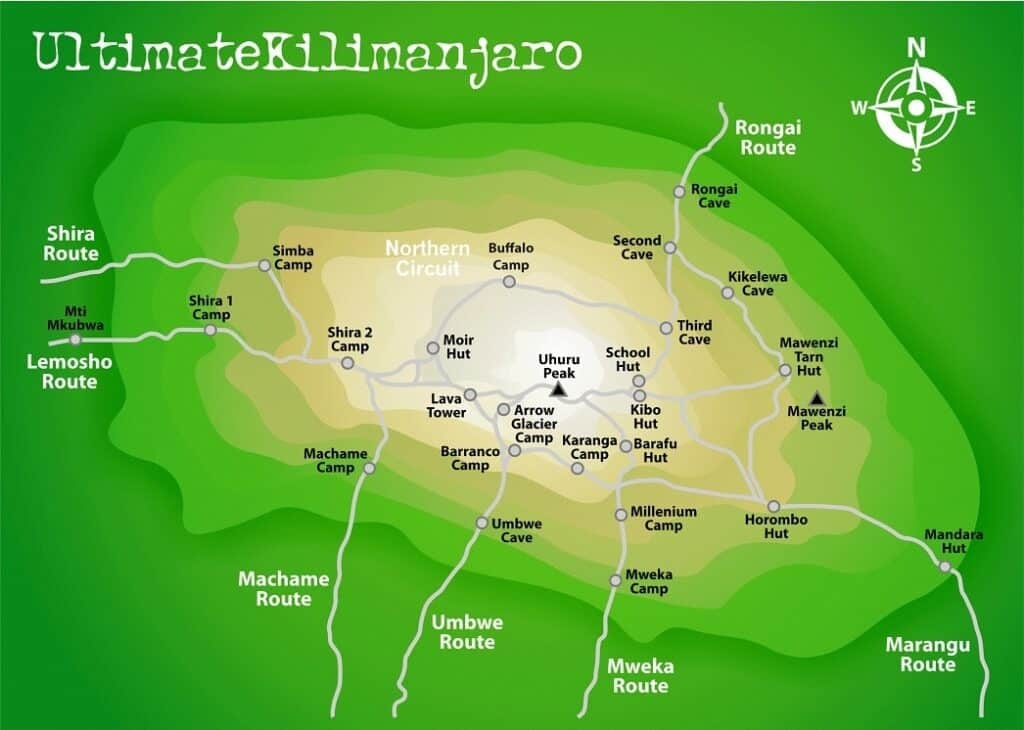
The Marangu, Machame, and Umbwe routes approach from the south (Mweka is used only for descent). The Lemosho, Shira and Northern Circuit routes approach from the west. The Rongai route approaches from the north.
Of the seven established Kilimanjaro routes, we have two clear favorites and a couple other recommended routes, as depicted in the table below. These are the best routes on Kilimanjaro.
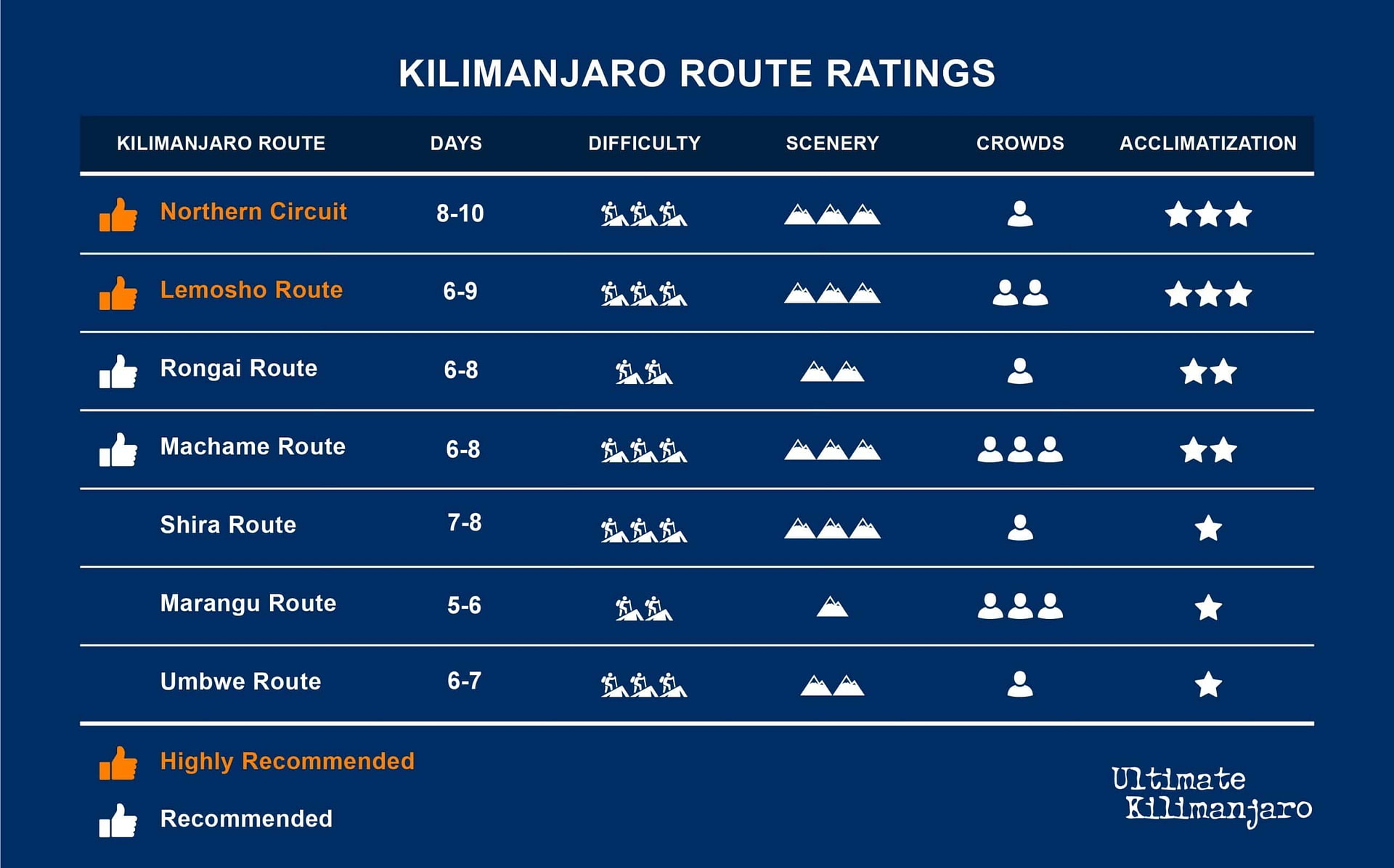
The best routes are the 8 day Northern Circuit, 9 day Northern Circuit, 8 day Lemosho route and their daytime summit variants—9 day Northern Circuit (daytime summit), 10 day Northern Circuit (daytime summit), and 9 day Lemosho route (daytime summit). We highly recommend using one of these for your Kilimanjaro climb.
It is estimated that tourists climb Kilimanjaro using the routes in the following percentages: Machame (45%), Marangu (40%), Lemosho (8%), Rongai (5%), Shira (1%), Northern Circuit (0%), Umbwe (0%). In contrast, Ultimate Kilimanjaro® clients use Lemosho (69%), Northern Circuit (19%), Rongai (6%), Machame (6%).
The reason for the difference in route popularity between us and other operators is that we guide on the routes with the most favorable combination of high success rates, excellent scenery, and low foot traffic. These are the attributes that our clients find the most important for their experience.
We operate most of our open group climbs on the 9 day Northern Circuit, 9 day Lemosho (daytime summit variant), and 8 day Lemosho route. We have limited open group climbs on the 7 day Machame and 7 day Rongai routes. All routes are available as private climbs.
Below are detailed route descriptions, assessments, and profiles, along with a map of each of the Kilimanjaro routes.
Marangu (“Coca Cola”) Route
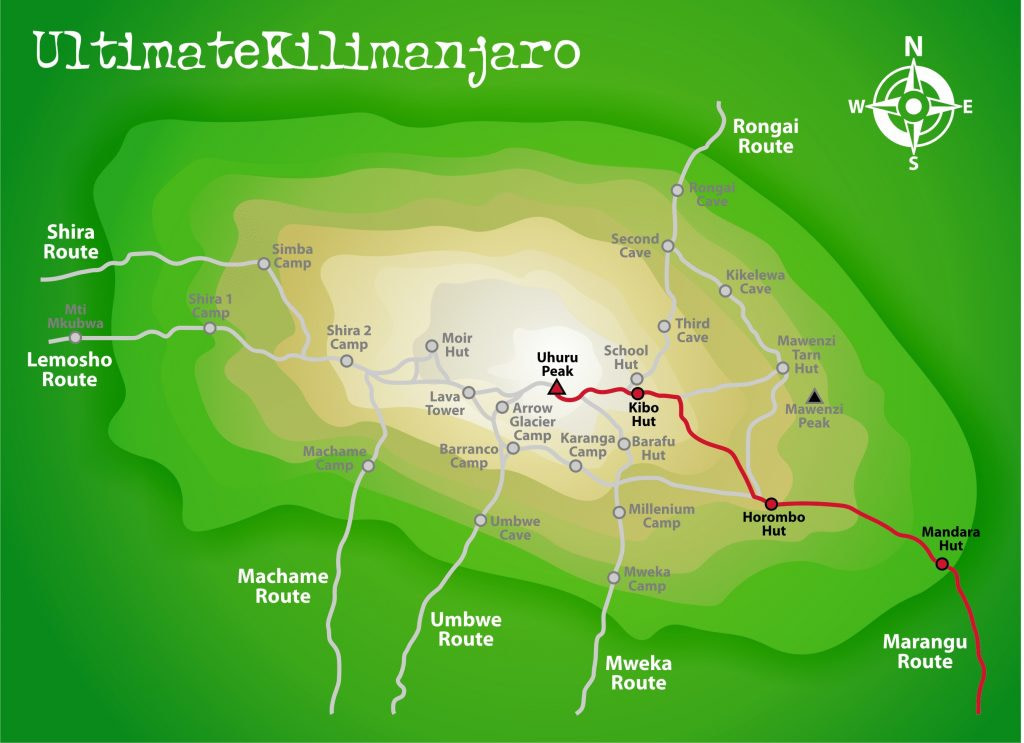

Known as the “Coca-Cola” route, the Marangu route is a classic trek on Mount Kilimanjaro. It is the oldest, most well established route. Many choose the Marangu route because it is considered to be the easiest path on the mountain, given its gradual slope. It is also the only route which offers sleeping huts in dormitory style accommodations.
The minimum days required for this route is five, although the probability of successfully reaching the top in that time period is quite low. Spending an extra acclimatization day on the mountain is highly recommended when climbing Kilimanjaro using the Marangu route.
However, despite its immense popularity, we avoid leading climbs on the Marangu route. The route has the least scenic variety of all the routes because the ascent and descent are done on the same path and it is the most crowded route for that reason. Marangu is recommended only during the rainy season, where the hut accommodations are preferred over wet ground, or for those who only have five days to climb Kilimanjaro (which we do not recommend anyhow). Otherwise, the Marangu route is a poor choice.
Machame (“Whiskey”) Route – Recommended
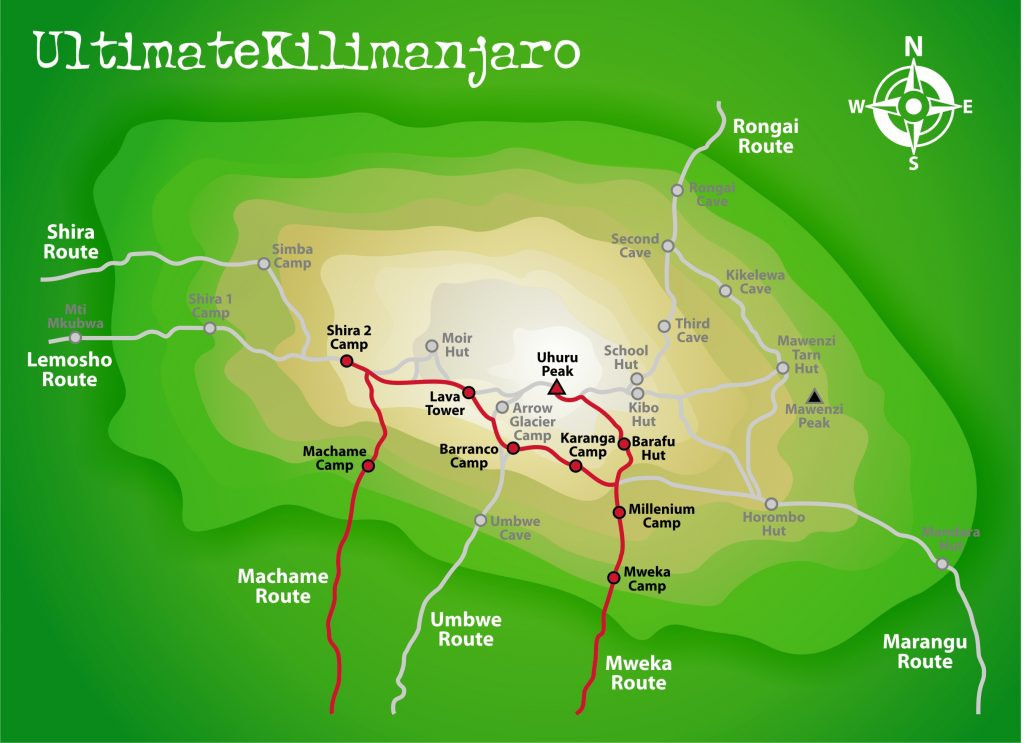

Known as the “Whiskey” route, the Machame route is the most popular route on the mountain. Compared with Marangu, the days on Machame are longer and the walks are steeper. The Machame route is considered a difficult route, and is better suited for more adventurous folks and those with some hiking or backpacking experience.
The route begins from the south, then heads east, traversing underneath Kilimanjaro’s southern ice field before summiting. The minimum number of days required for this route is six days, although seven days is recommended.
The Machame route is scenically beautiful and varied. However, due to the heavy crowds, it loses some of its splendor.
Lemosho Route – Highly Recommended
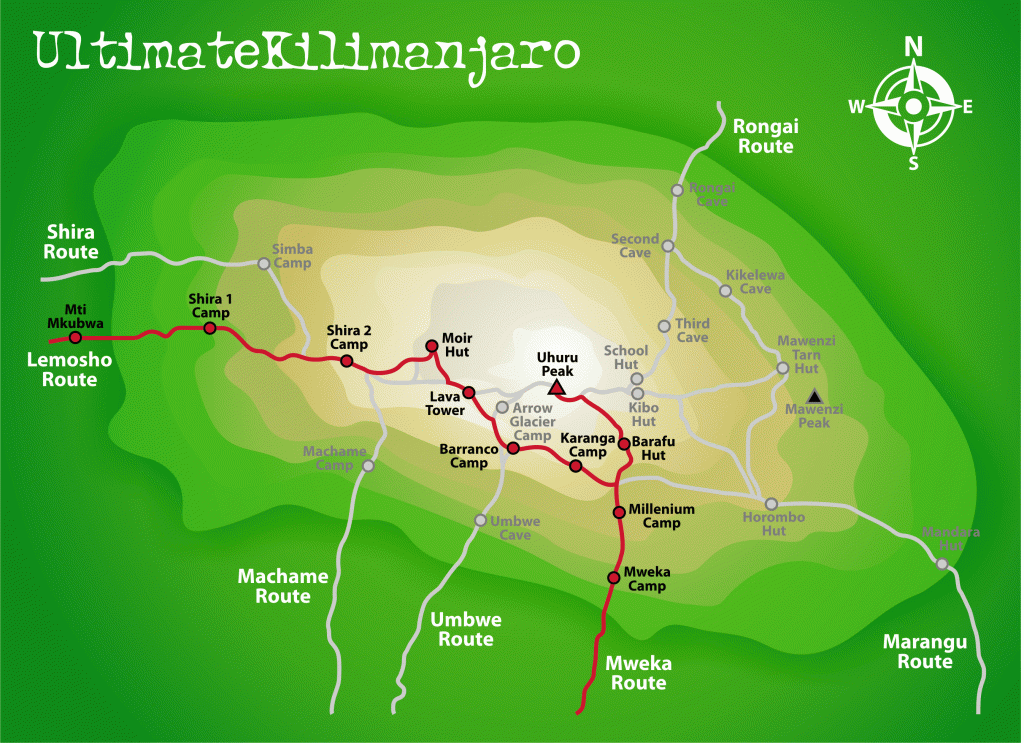

The Lemosho route is one of the newer routes on Mount Kilimanjaro. The route begins in the west and rather than simply intersecting Shira Plateau (like Machame), Lemosho crosses it from Shira Ridge to Shira Camp. Climbers encounter low traffic until the route joins the Machame route. Afterwards, Lemosho follows the same route through Lava Tower, Barranco and Barafu, known as the southern circuit.
The minimum number of days required for this route is six days, although eight days is ideal.
Lemosho is considered the most beautiful route on Kilimanjaro and grants panoramic vistas on various sides of the mountain. It is our favorite route because it offers a great balance of low traffic, scenic views and a high summit success rate. Thus, Lemosho comes highly recommended. Most of our clients use Lemosho.
Shira Route
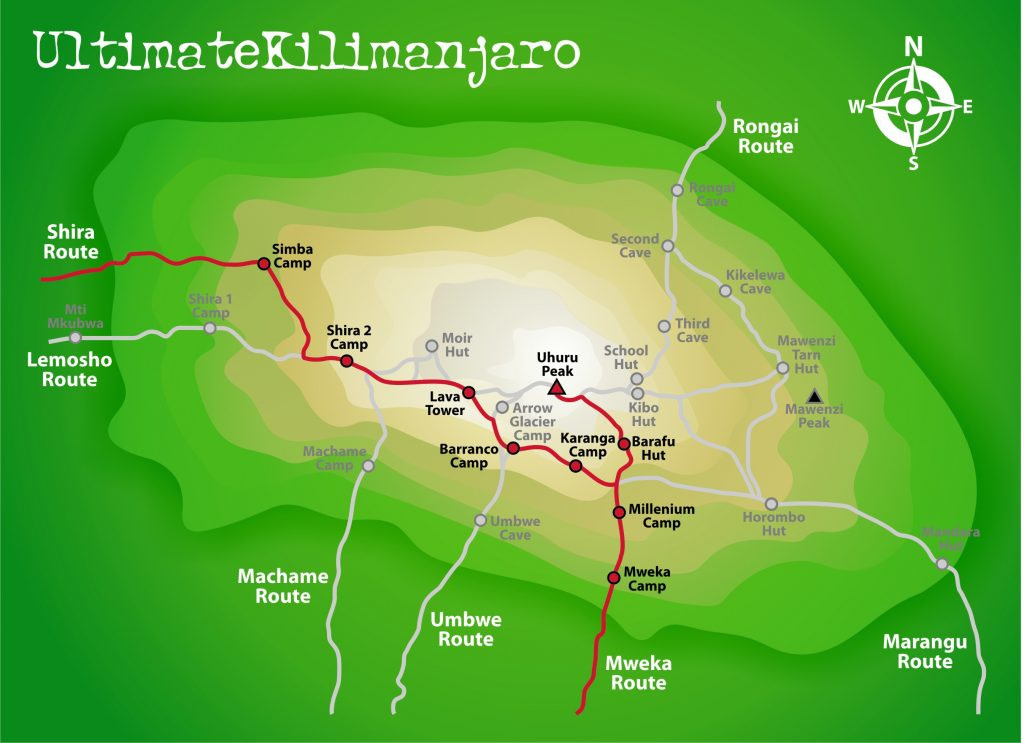

The Shira route is another path that approaches Kilimanjaro from the west, and it is nearly identical to the Lemosho route. In fact, Shira was the original route and Lemosho is the improved variation. While Lemosho starts at Londorossi Gate and treks through the rainforest to Shira 1 Camp, the Shira route bypasses this walk by using a vehicle to transport climbers to Shira Gate, located near the Shira Ridge.
On the first day on the mountain, climbers begin their hike from 11,800 feet (3,600 m) and spend their first night at the same elevation at Simba Camp. Then, the route merges with Lemosho and follows the southern circuit route.
Although Shira is a varied and beautiful route, Lemosho is recommended over Shira due to the relatively high altitude of Shira’s starting point, which is accessed quickly by vehicle. It is possible that climbers will experience some altitude related symptoms on the first day while camping at 11,800 feet.
Northern Circuit Route – Highly Recommended
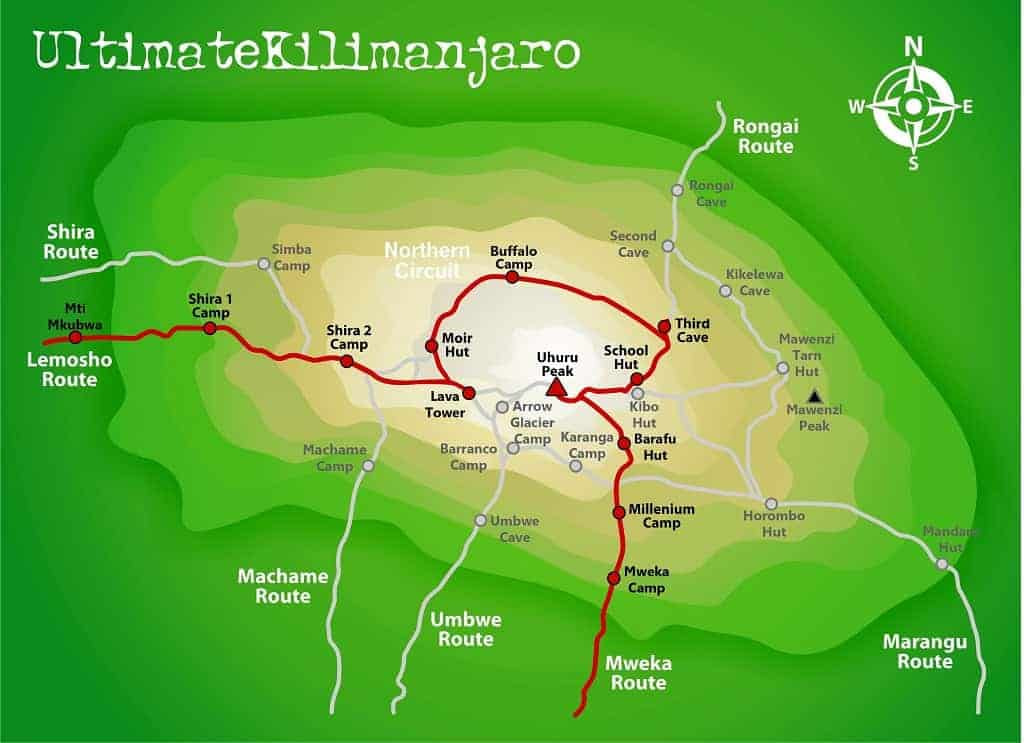

The Northern Circuit route is the newest, most exciting route on Kilimanjaro. The trek follows the Lemosho trail in the beginning, approaching Kilimanjaro from the west. However, instead of following the southern traverse like all the other west approaching routes, the Northern Circuit traverses the mountain around the quiet, rarely visited northern slopes.
The Northern Circuit route is a nine day climb, which is the longest route in terms of time and distance travelled. The days spent at around 13,000 feet are great for acclimatization, resulting in the highest success rates for all routes on Mount Kilimanjaro.
With a high success rate, incredible varied scenery and a very low number of visitors, the Northern Circuit route is certainly one of the best routes on Kilimanjaro.
Rongai Route – Recommended
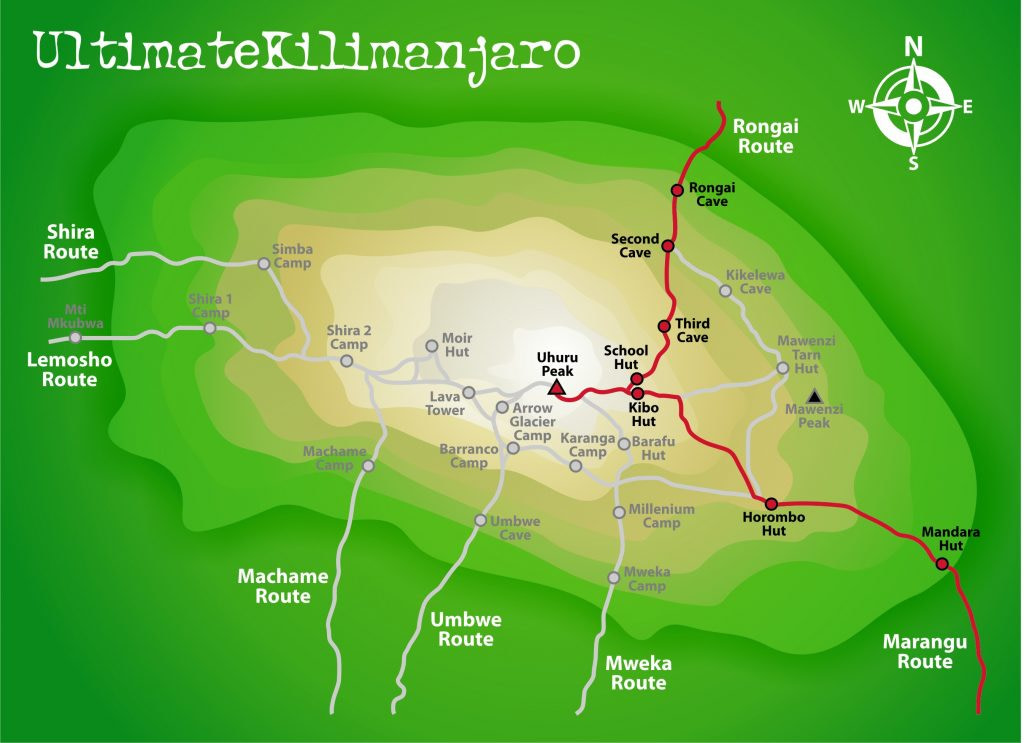

The Rongai route is the only route that approaches Kilimanjaro from the north, close to the Kenyan border. Though gaining popularity amongst climbers, Rongai has low traffic. It is the preferred route for those looking for an alternative to the crowded Marangu route, for those who would like a more remote hike, and for those who are climbing during the rainy season (the north side receives less precipitation).
The minimum number of days required for this route is six days, and seven days is recommended.
Although the scenery is not as varied as the western routes, Rongai makes up for this by passing through true wilderness areas for days before joining the Marangu route at Kibo camp. This route descends down the Marangu route. Rongai is a moderately difficult route, and is highly recommended, especially for those with less backpacking experience.
Umbwe Route
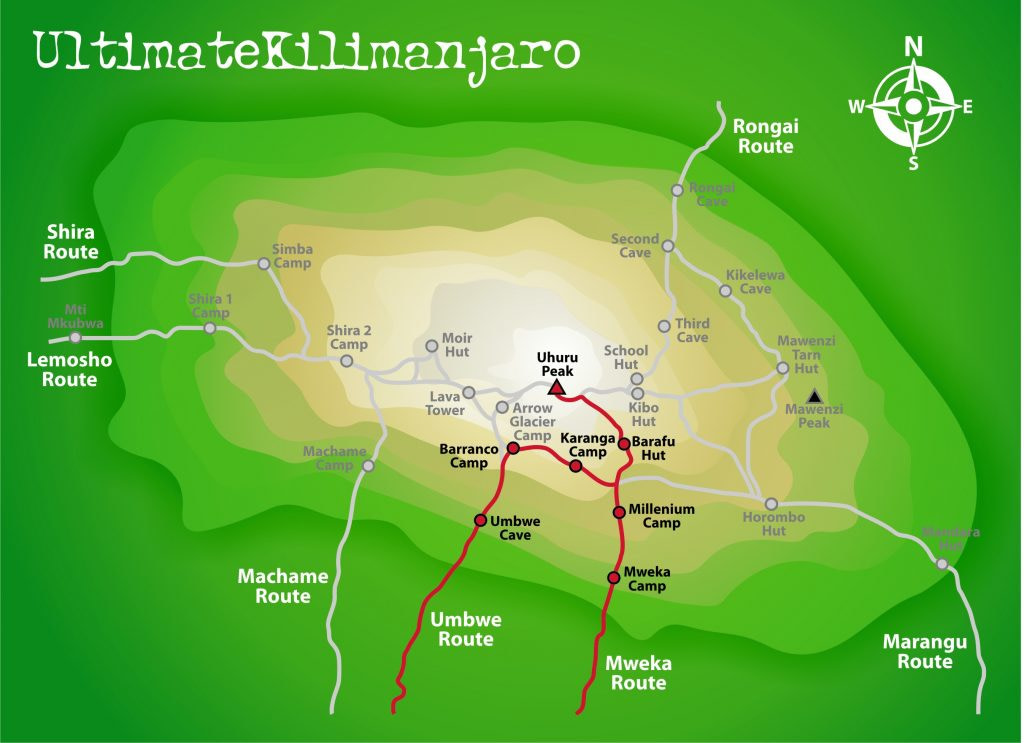

The Umbwe route is a short, steep and direct route. It is considered to be very difficult and is the most challenging way up Mount Kilimanjaro. Due to the quick ascent, Umbwe does not provide the necessary stages for altitude acclimatization. Although the traffic on this route is very low, the chances of success are also low.
The route is offered at a minimum of six days, though seven days is recommended when attempting this route.
The Umbwe route should only be attempted by those who are very strong hikers and are confident in their ability to acclimatize. However, overall, the Umbwe route is not recommended and we discourage its usage for our clients.
Daytime Summit Routes
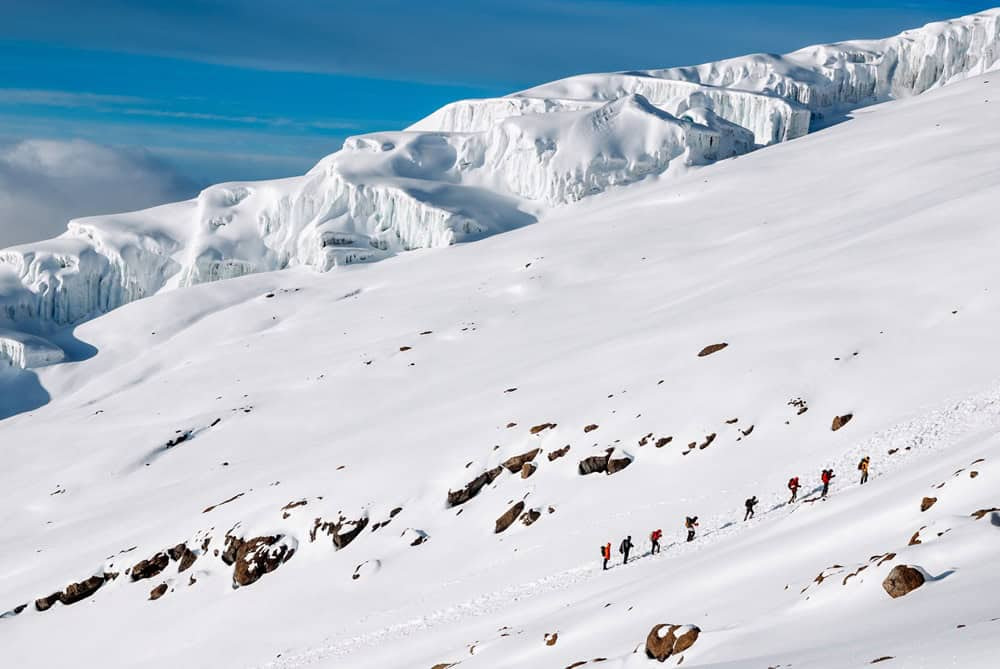
On standard itineraries, the summit attempt starts very early in the morning, around midnight. Climbers ascend in the darkness and typically reach the crater rim around sunrise. Thereafter, they generally make it to the summit sometime between 7:00 AM and 9:00 AM and descend to the final camp, arriving in the midafternoon to early evening.
There are several reasons why it is the norm to summit at night, as explained here. However, a big part of it is that it ensures there is enough time to descend to the last campsite while there is still daylight.
At Ultimate Kilimanjaro®, we offer an option to avoid the midnight ascent using our “daytime summit” route variations. Our daytime summits begin, as you might expect, during the daytime. Climbers sleep for a full night, start their hike in the morning, and reach the summit in the afternoon. Then, instead of descending all the way to the last campsite, they stay at high camp (around 15,000 feet/4,570 meters). These route variations add another day to the trip as the long descent is broken up into three days instead of two.
Ultimate Kilimanjaro® operates daytime summit climbs on these routes:
Daytime summits are available on the following itineraries:
- 10 day Northern Circuit (daytime summit)
- 9 day Northern Circuit (daytime summit)
- 9 day Lemosho (daytime summit)
- 8 day Rongai (daytime summit)
- 8 day Machame (daytime summit)
Crater Camp Routes
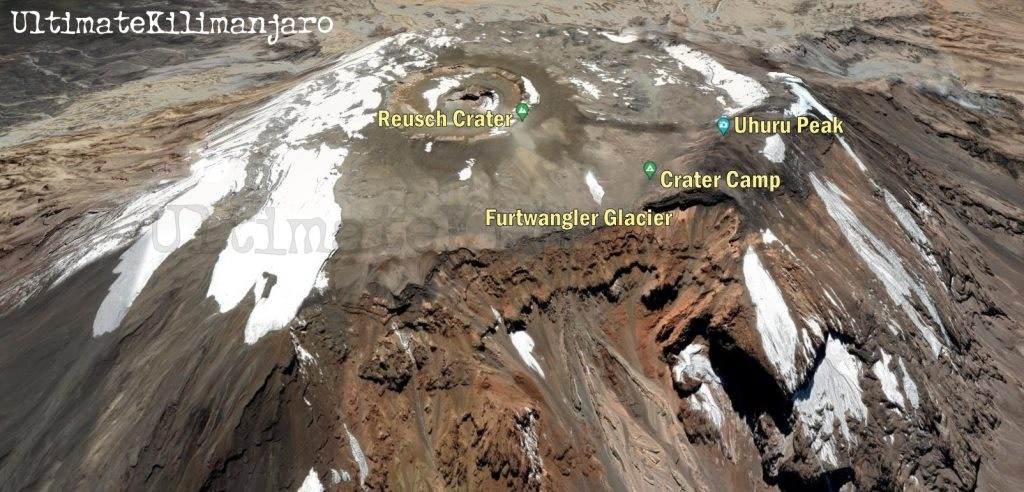
Just shy of the summit, there is a little used campsite known as Crater Camp (18,800 feet/5,750 m). It is called Crater Camp because it is a short distance from the source of Kilimanjaro herself, Reusch Crater (19,140 ft/5,800 m). Additionally, the campsite is next to one of Kilimanjaro’s last remaining glaciers, Furtwangler Glacier. Staying at Crater Camp gives climbers an opportunity to climb to the crater rim, and to get up close to the glaciers.
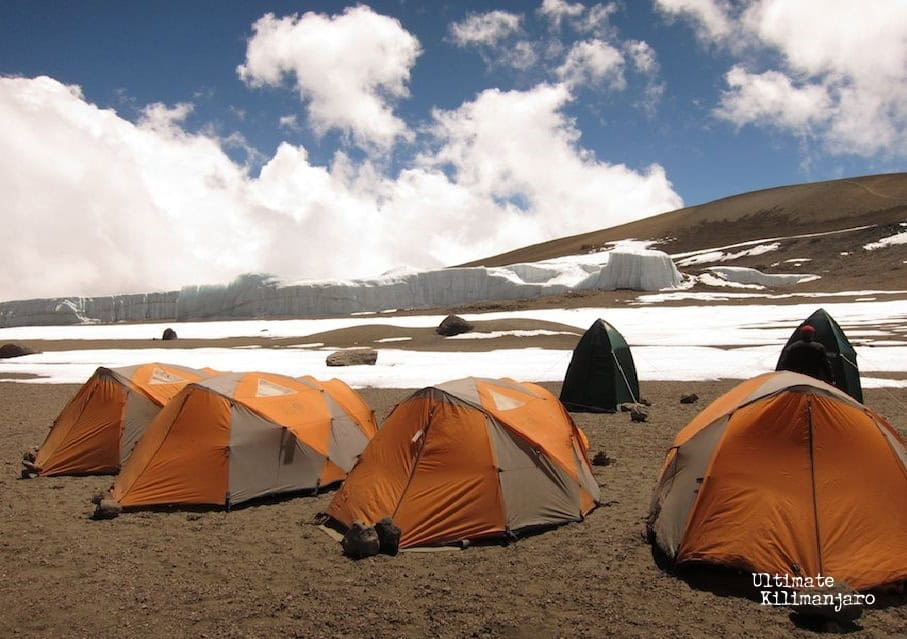
Crater Camp can be used the night before or preferably after a summit attempt. Ultimate Kilimanjaro® operates private climbs using Crater Camp on the 9 day Lemosho route and 10 day Northern Circuit route.
Mount Meru
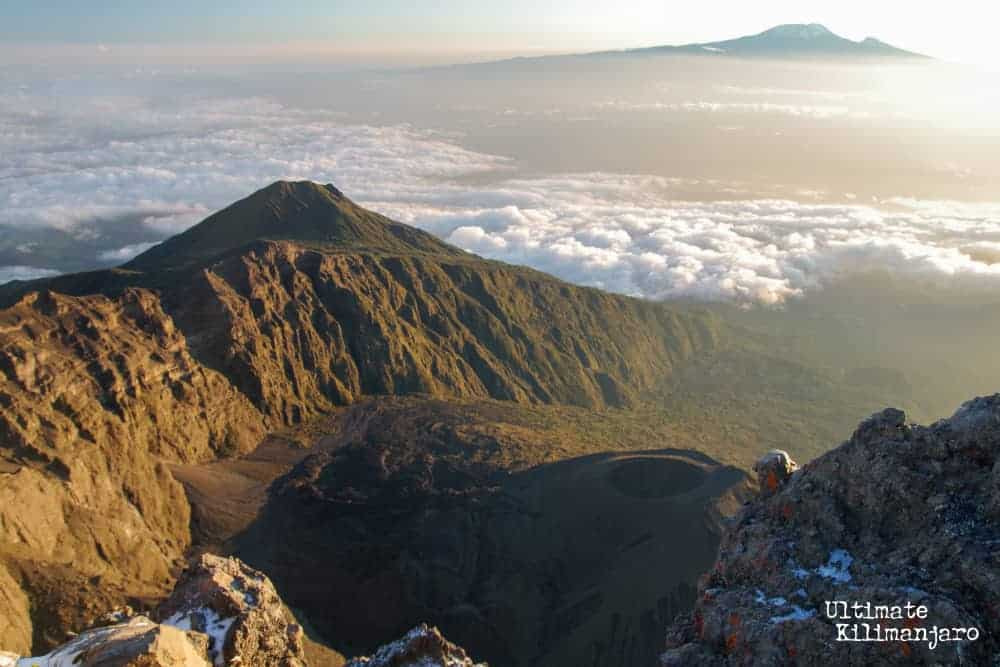
Mount Meru is a volcanic mountain that is often overshadowed by Mount Kilimanjaro. However, it is still a significant and beautiful peak in its own right. At 14,980 feet high, Mount Meru is the fifth-highest mountain in Africa. It is located in Arusha National Park and is approximately 43 miles (70 km) west of the city of Arusha.
The mountain is characterized by a horseshoe-shaped crater, which was formed during a past eruption. The highest point on the mountain is called “Socialist Peak” or “Summit,” and it offers nice views of the surrounding landscape, including Mount Kilimanjaro.
This trek typically takes about 4-5 days. Climbers use Mount Meru as an acclimatization climb before attempting the higher Kilimanjaro.
Kilimanjaro Routes Recap

- There are seven established routes on Kilimanjaro.
- The best routes are the 8 day Lemosho Route, 8 day Northern Circuit, 9 day Northern Circuit and their daytime summit variations—9 day Lemosho route (daytime summit) .9 day Northern Circuit (daytime summit), 10 day Northern Circuit (daytime summit).
- We also recommend the 8 day Northern Circuit, 7 day Rongai route and 7 day Machame route.
- We schedule group climbs on our recommended routes:
- We can arrange private climbs on all routes.
Recent Routes Blog Posts
- Does Kilimanjaro Require Technical Climbing?
- Mount Meru, Tanzania: Everything You Need to Know
- Barranco, Karanga & Barafu Camp: Kilimanjaro’s Southern Circuit Route
- Why People Fail When Climbing Kilimanjaro
- Is Mount Kilimanjaro Too Crowded?
- Why Do Climbers Summit Kilimanjaro at Night?
- Kilimanjaro Map & Climbing Route Selection
- What are the Most Dangerous Routes on Kilimanjaro?


